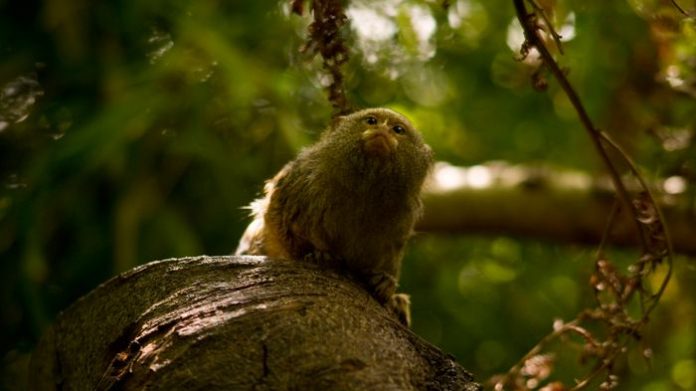The discovery of a new species of rodent-like mammal from the Cretaceous of China that had ears that were distinct from those of its relatives is reported in Nature. The findings suggest that the evolution of its auditory apparatus may have been driven by specializations for feeding.
Fossil evidence suggests that the evolution of the mammalian ear, in which elements of the jaw slowly migrated into the cranium to form the tiny bones of the middle ear, occurred independently at least three times. However, how and why this process took place in different groups of mammals remains unresolved.
Yuanqing Wang and colleagues describe a fossil of a new species of multituberculate (a group of rodent-like mammals) called Jeholbaatar kielanae, discovered in the Jiufotang Formation in the Liaoning Province of China. The authors report that the fossil is approximately 120 million years old and estimate that the animal would have weighed around 50 grams. Owing to the well-preserved nature of the left middle-ear bones, the specimen reveals a unique configuration with more complete components than those previously reported in Cretaceous multituberculates. Evidence provided by Jeholbaatar would suggest that the development of the middle ear in multituberculates was triggered by requirements for feeding. Based on the shape of the lower cheek, they suggest that Jeholbaatar would have had an omnivorous diet, feeding on worms, arthropods and plants, and had a distinct jaw movement while chewing.















